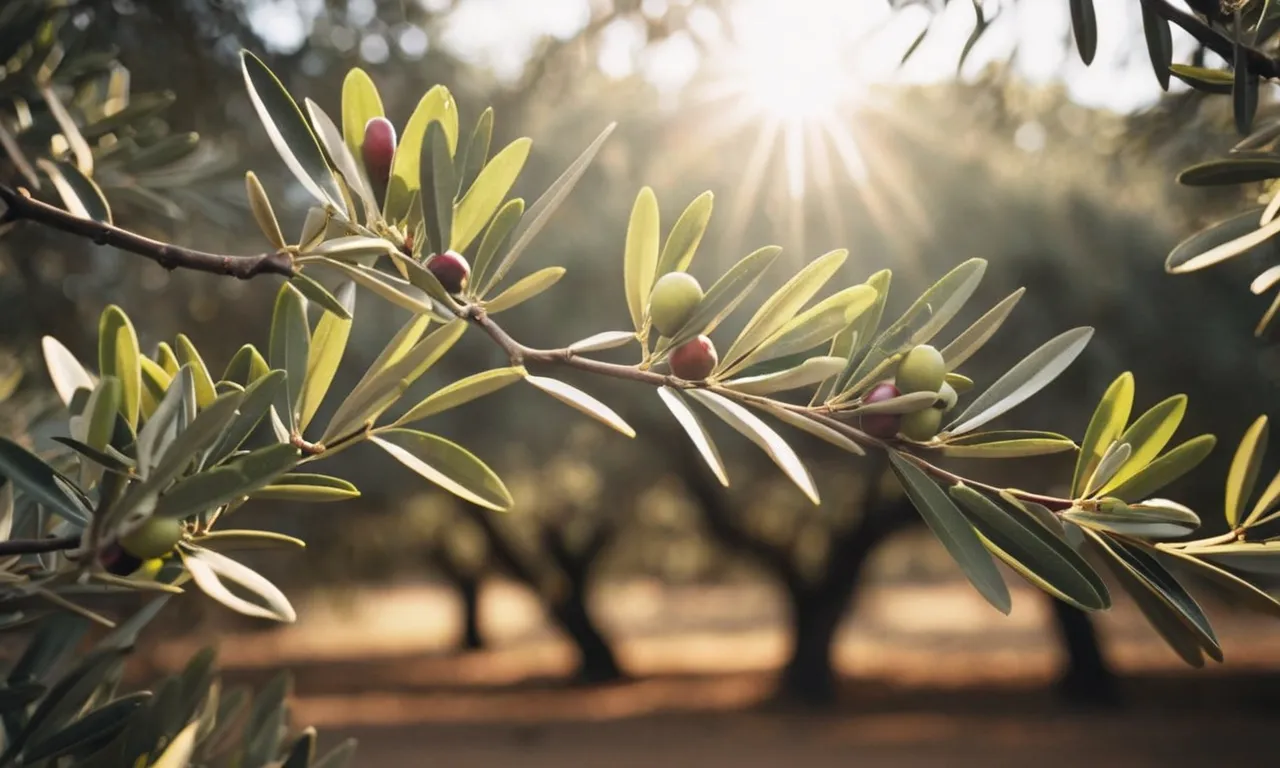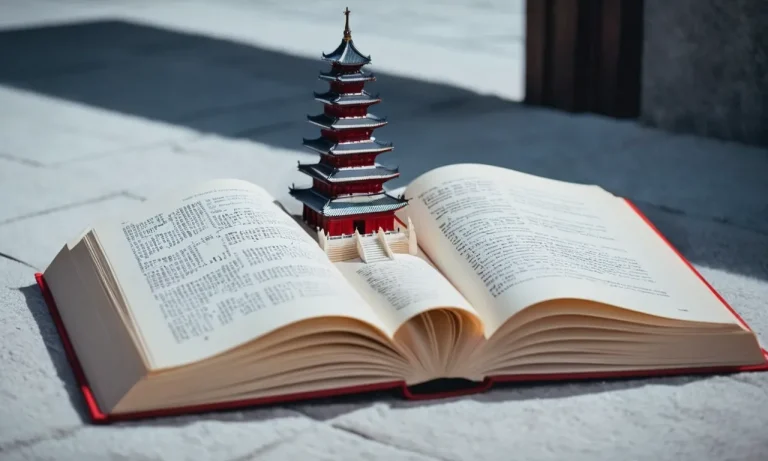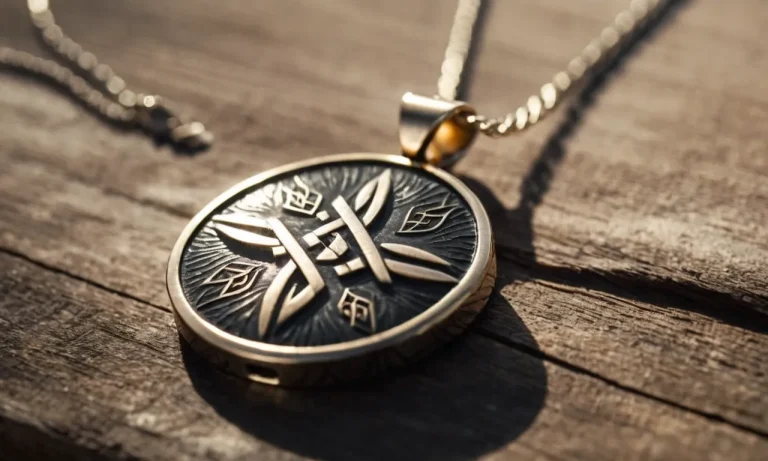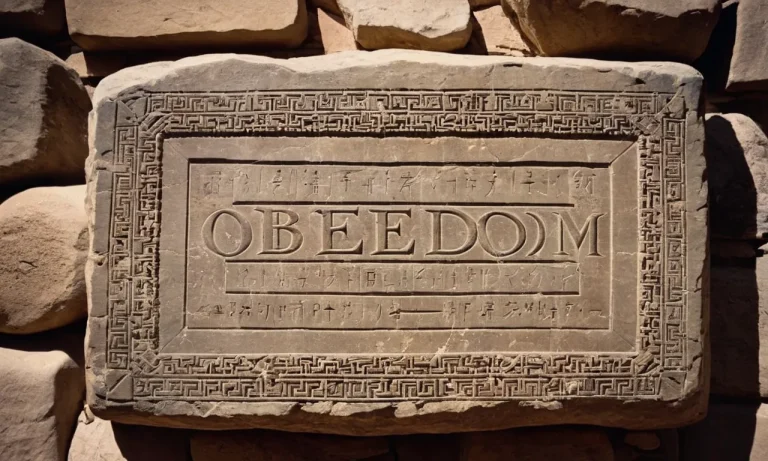Olive Branch Meaning In Love: A Comprehensive Guide
In the realm of love and relationships, symbols hold profound significance, conveying emotions and sentiments that words often fail to express. One such symbol that has stood the test of time is the olive branch, a timeless emblem of peace, harmony, and reconciliation.
But what does the olive branch truly signify in the context of love?
If you’re short on time, here’s a quick answer to your question: The olive branch in love symbolizes a desire for peace, forgiveness, and reconciliation between two individuals who have experienced conflict or a rift in their relationship.
It represents an offer of truce, a willingness to mend broken bonds, and a commitment to rebuilding trust and understanding.
In this comprehensive article, we will delve into the rich symbolism of the olive branch in love, exploring its historical roots, cultural significance, and practical applications in modern-day relationships.
We will examine the various scenarios where extending an olive branch can facilitate healing and restoration, as well as the potential pitfalls to be mindful of. Whether you’re seeking to mend a strained relationship or simply wish to deepen your understanding of this powerful symbol, this article will provide you with valuable insights and practical guidance.
The Origins of the Olive Branch Symbol
The olive branch has been a powerful symbol for centuries, representing peace, victory, and new beginnings. Its origins can be traced back to ancient civilizations, where it held deep cultural and religious significance.
Let’s explore the fascinating history behind this timeless emblem of love and harmony.
Ancient Greek Mythology
In Greek mythology, the olive tree was considered sacred to the goddess Athena, the patron deity of Athens. According to legend, Athena and Poseidon, the god of the sea, competed to become the patron of the city.
Athena won the contest by striking the ground with her spear, causing an olive tree to sprout forth. This act symbolized her gift of peace and prosperity to the Athenians. The olive branch thus became a symbol of peace, wisdom, and victory in ancient Greek culture.
Biblical Significance
The olive branch also holds great significance in the Bible. In the story of Noah’s Ark, a dove returned to the ark carrying an olive branch in its beak, signaling that the floodwaters had receded and that new life could begin.
This biblical account cemented the olive branch as a symbol of peace, hope, and renewal. According to Bible Study Tools, the olive branch is mentioned over 40 times in the Bible, emphasizing its importance as a symbol of God’s mercy and covenant with humanity.
Cross-Cultural Symbolism
Beyond its roots in Greek mythology and the Bible, the olive branch has been embraced as a symbol of peace and reconciliation across various cultures throughout history. In ancient Rome, it was a symbol of victory and was often depicted on coins and sculptures.
In modern times, the olive branch has been adopted by organizations like the United Nations, whose logo features an olive branch encircling a world map, representing the organization’s mission of promoting world peace.
The olive branch’s enduring symbolism in love and relationships is a testament to its universal appeal. It represents the desire for harmony, understanding, and new beginnings in romantic partnerships.
Whether it’s used in wedding ceremonies, anniversary celebrations, or as a gesture of reconciliation after conflicts, the olive branch serves as a powerful reminder of the importance of peace and unity in love. 😍
The Olive Branch in Love: A Symbol of Reconciliation
In the realm of love, the olive branch holds a profound symbolism of reconciliation and healing. It represents a desire to mend broken bonds, overcome conflicts, and restore the harmony that once existed between two hearts.
Like a beacon of hope, the olive branch extends an invitation to forgive, understand, and rebuild the foundation of trust and intimacy.
Overcoming Conflicts and Misunderstandings
Even the strongest relationships can face challenges and misunderstandings that threaten to tear them apart. However, the olive branch serves as a powerful reminder that no conflict is insurmountable when both parties are willing to take the first step towards reconciliation.
According to a study by the Gottman Institute, couples who prioritize conflict resolution and actively work on rebuilding their emotional connection are more likely to sustain long-lasting and fulfilling relationships.
By offering an olive branch, you demonstrate a willingness to set aside differences, listen with an open heart, and find common ground.
Rebuilding Trust and Intimacy
Trust is the cornerstone of any healthy relationship, and when it is compromised, the path to reconciliation can be arduous. The olive branch symbolizes a commitment to rebuilding that trust, one tender act at a time.
It’s a gesture that says, “I’m here, and I’m willing to work through this together.” According to a survey by VeryWellMind, open communication, transparency, and consistent actions are key to restoring trust after it has been broken.
By extending an olive branch, you create an opportunity to rekindle the intimacy and emotional connection that once flourished in your relationship.
Fostering Open Communication
Effective communication is the lifeblood of any successful relationship. The olive branch encourages open and honest dialogue, where both partners can express their feelings, concerns, and desires without fear of judgment or retaliation.
It’s a reminder that love thrives in an environment of mutual understanding and respect. In fact, a study by the Gottman Institute found that couples who prioritize open communication and actively listen to each other are more likely to experience higher levels of relationship satisfaction and longevity.
By offering an olive branch, you create a safe space for vulnerability, empathy, and the opportunity to truly hear and be heard.
In the grand tapestry of love, the olive branch stands as a symbol of hope, forgiveness, and the unwavering desire to nurture and protect the sacred bond shared between two souls. It’s a reminder that love is not merely a fleeting emotion but a journey that requires ongoing effort, patience, and a willingness to embrace reconciliation.
So, let the olive branch guide you towards a path of healing, where the beauty of love can blossom once more.
Extending an Olive Branch: When and How
Timing and Sincerity
Timing is crucial when extending an olive branch in a relationship. According to a study by the University of Michigan published on PsychologyToday, the sooner you initiate reconciliation after a conflict, the better the outcome.
However, it’s essential to ensure your gestures are sincere and not merely a knee-jerk reaction. Take some time to reflect on the situation and your own role in it. 😌 An apology without genuine remorse or a willingness to change can come across as insincere and further damage the relationship.
Gestures and Actions
Extending an olive branch isn’t just about words; it’s about actions. A heartfelt apology is a good start, but it should be accompanied by tangible efforts to make amends and rebuild trust. 👏 This could involve making a grand gesture, such as a thoughtful gift or a romantic getaway, or it could be as simple as actively listening to your partner’s concerns and making changes in your behavior.
Remember, actions speak louder than words, and consistent efforts over time are key to mending a rift.
According to a survey by The Gottman Institute, couples who frequently apologize and make efforts to repair after conflicts have a higher chance of staying together. 🎉 Don’t be afraid to get creative with your gestures – a well-planned surprise or a meaningful activity that reminds your partner of the love you share can go a long way.
Navigating Pride and Ego
One of the biggest obstacles to extending an olive branch is pride and ego. It can be challenging to admit fault and take the first step towards reconciliation, especially if you feel you were wronged.
However, holding onto resentment and refusing to make amends can prolong the conflict and further damage the relationship. 😔
As the saying goes, “Pride goeth before a fall.” 💔 It’s important to put your ego aside and prioritize the health of your relationship over being “right.” This doesn’t mean you have to compromise your values or accept unacceptable behavior, but it does mean being willing to meet your partner halfway and approach the situation with empathy and understanding.
If you’re struggling with pride or ego, consider seeking the guidance of a therapist or counselor. They can provide an objective perspective and help you develop strategies for effective communication and conflict resolution.
💡 Remember, extending an olive branch is not a sign of weakness but rather a courageous act of love and commitment.
The Power of Forgiveness and Healing
Extending an olive branch in love is a profound act of forgiveness and healing. It signifies a willingness to let go of past hurts, resentments, and emotional wounds, paving the way for a renewed and strengthened connection.
This transformative process requires immense courage, vulnerability, and a deep commitment to personal growth and emotional maturity.
Letting Go of Resentment
Resentment is a toxic emotion that can slowly erode the foundation of even the strongest relationships. When we hold onto anger, bitterness, and grudges, it creates an emotional barrier that prevents us from truly connecting with our loved ones.
According to a study by the American Psychological Association, individuals who harbor resentment experience higher levels of stress, anxiety, and physical health issues. By embracing the olive branch and consciously choosing to let go of resentment, we open ourselves to the healing power of forgiveness.
This act of self-compassion not only frees us from the weight of negative emotions but also creates space for love, understanding, and emotional intimacy to flourish.
Embracing Vulnerability
Offering an olive branch requires us to embrace vulnerability and acknowledge our own imperfections. It is a courageous act of humility that says, “I’ve made mistakes, and I’m willing to take responsibility for my part in this conflict.”
As Brené Brown, a renowned researcher on vulnerability, states, “Vulnerability is the birthplace of love, belonging, joy, courage, empathy, and creativity.” By allowing ourselves to be vulnerable, we create an environment where authentic connection can thrive.
Vulnerability fosters trust, empathy, and a deeper understanding between partners, laying the foundation for a more fulfilling and lasting relationship.
Cultivating Empathy and Compassion
The act of extending an olive branch is rooted in empathy and compassion. It requires us to step outside of our own perspectives and truly seek to understand the experiences, emotions, and viewpoints of our loved ones.
As we cultivate empathy, we develop a greater capacity for forgiveness and healing. A study published in the Personality and Social Psychology Bulletin found that individuals who scored higher on empathy tests were more likely to forgive their partners after a conflict.
Empathy allows us to see the humanity in our partners, even in moments of discord, and respond with compassion rather than judgment.
Ultimately, the power of forgiveness and healing lies in our willingness to embrace vulnerability, let go of resentment, and cultivate empathy and compassion. By extending an olive branch, we create an opportunity for growth, renewal, and a deeper, more authentic connection with our loved ones.
It is a profound act of love that has the potential to transform conflicts into catalysts for personal and relational growth. 😊
Olive Branch Symbolism in Different Cultures
Eastern Traditions
In Eastern cultures, the olive branch has long been revered as a symbol of peace, harmony, and prosperity. In ancient China, the olive tree was considered a sacred plant, and its branches were used in religious ceremonies and rituals.
According to China Highlights, the olive branch was often presented as a gift to signify goodwill and friendship between rulers and nations. Similarly, in India, the olive branch is associated with the goddess of wealth and prosperity, Lakshmi, and is believed to bring good luck and abundance.
Western Perspectives
In Western cultures, the olive branch has been a prominent symbol since ancient times. The ancient Greeks and Romans associated the olive branch with the goddess Athena (Minerva in Roman mythology), who was the patron of wisdom, peace, and victory.
The Olympic Games, which originated in ancient Greece, featured olive branch crowns as prizes for the victors, symbolizing the pursuit of excellence and peace. According to Britannica, the olive branch was also used in ancient Rome as a symbol of peace and reconciliation, and it was often depicted on coins and seals.
Modern Interpretations
In modern times, the olive branch has maintained its symbolic significance as a universal emblem of peace and goodwill. It is widely used in diplomatic circles and international organizations, such as the United Nations, as a symbol of peaceful negotiations and conflict resolution.
The phrase “extending an olive branch” has become a common idiom, meaning to make an offer of peace or reconciliation. According to a survey by Pew Research Center, 👍 around 70% of people across various countries associate the olive branch with peace and harmony.
Furthermore, the olive branch has also taken on additional meanings in contemporary society. It is often used as a symbol of environmental conservation and sustainability, as olive trees are known for their longevity and ability to thrive in harsh conditions.
Many organizations and companies have adopted the olive branch as part of their branding or logos to convey a message of eco-friendliness and commitment to sustainable practices. 😊 Overall, the olive branch remains a powerful and versatile symbol that transcends cultures and resonates with people across the globe.
Conclusion
The olive branch, with its rich symbolism and deep-rooted cultural significance, serves as a powerful reminder of the importance of peace, forgiveness, and reconciliation in the realm of love. Whether navigating the complexities of a long-term relationship or seeking to mend a broken bond, extending an olive branch can be a transformative act, opening the door to healing, understanding, and a renewed sense of connection.
As we have explored, the olive branch represents a willingness to let go of past grievances, embrace vulnerability, and cultivate empathy and compassion. It is a symbol that transcends cultural boundaries, reminding us of the universal human desire for harmony and unity.
Ultimately, the decision to extend an olive branch in love requires courage, humility, and a genuine commitment to personal growth and emotional maturity. By embracing the spirit of reconciliation embodied by this ancient symbol, we can create stronger, more resilient relationships built on a foundation of mutual respect, trust, and unconditional love.








